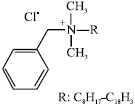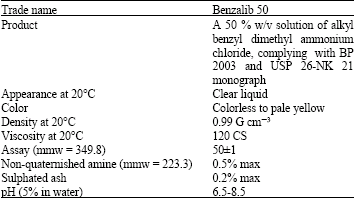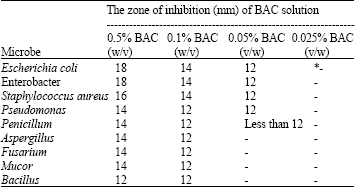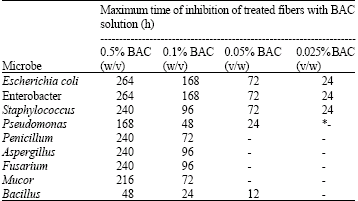Research Article
The Antimicrobial Effect of Benzalkonium Chloride on Some Pathogenic Microbes Observed on Fibers of Acrylic Carpet
Islamic Azad University, Tehran South Branch,Iran
Morteza Sattari
Tarbiat Modarres University,Iran
Ali Ashjaran
Azad University Shahr-e Ray, Iran















